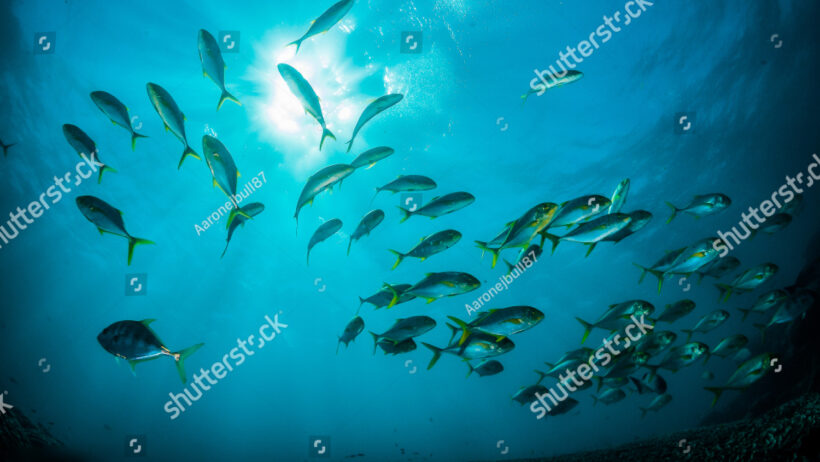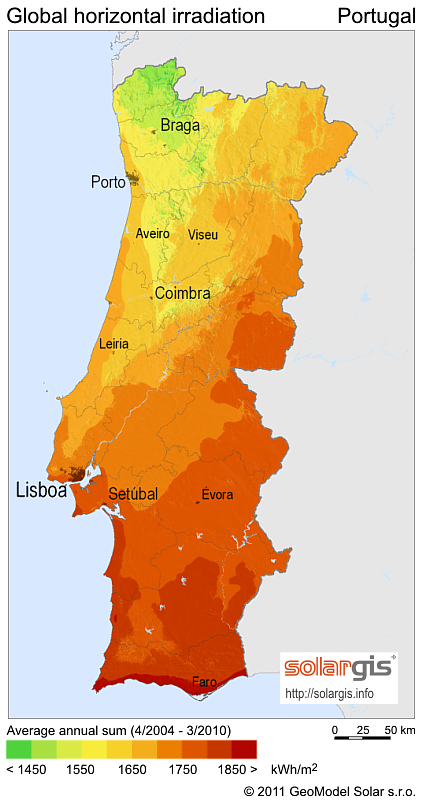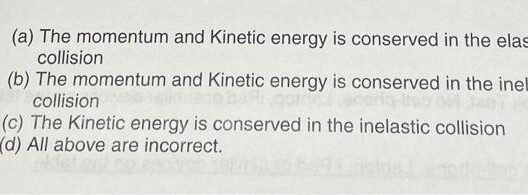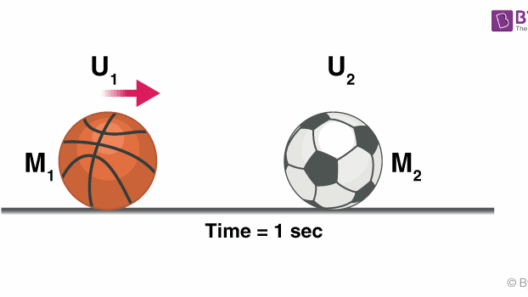In the vast blue expanse of our oceans, sharks and pelagic fish are epitomes of efficiency. These extraordinary creatures have evolved various strategies to conserve energy while swimming, a critical adaptation for survival in their ever-changing aquatic environment. Understanding the mechanisms behind energy conservation in these species can offer invaluable insights into marine biology and the ecological balance of oceanic ecosystems.
At the heart of energy conservation for sharks and pelagic fish lies the concept of hydrodynamics. Hydrodynamics investigates the movement of fluids and the forces acting upon them. Sharks have developed an exquisite body plan characterized by a streamlined form. This fusiform shape minimizes drag and allows them to glide effortlessly through water. The elongation of their bodies, tapered at both ends, significantly decreases turbulence, enabling them to swim long distances with less energy expenditure.
Pelagic fish, such as tuna and mackerel, exhibit similar adaptive features. Their streamlined bodies and forked tails are designed for high-speed swimming, which is crucial for evading predators and pursuing prey. The design of their caudal fins, specifically, optimizes thrust while minimizing resistance. The caudal peduncle, located at the base of the tail, is often muscular and provides a powerful propulsion mechanism. Therefore, both sharks and pelagic fish can traverse vast oceanic distances while expending minimal energy.
Another remarkable adaptation for energy conservation is the swimming technique employed by these species: buoyancy control. Sharks possess a large oil-filled liver that helps maintain buoyancy. This adaptation allows them to remain at various depths with minimal effort, as the oil lessens their overall density compared to surrounding water. By adjusting the position of their fins and tail while swimming, sharks can ascend or descend with precision, further conserving energy during these movements.
Pelagic fish utilize a different strategy for buoyancy control. Many species have adapted a swim bladder—a gas-filled organ that enables them to maintain neutral buoyancy. By regulating the amount of gas in their swim bladder, these fish can adjust their buoyancy, allowing them to rise or sink in the water column without excessive energy use. This physiological adaptation minimizes the effort required to stay at a particular depth, leading to significant energy savings during prolonged swimming.
Moreover, the use of ‘cruise swimming’ techniques by both sharks and pelagic fish plays a pivotal role in energy conservation. This refers to a steady pace of swimming that minimizes energy output. By achieving a balance between thrust and drag, these fish can maintain forward momentum with minimal effort. Sharks often employ a method called ‘passive cruising,’ where they alternate between active swimming and gliding. This strategy of undulating their bodies while taking advantage of their momentum allows them to travel efficient distances while lowering their metabolic costs.
The role of muscle structure cannot be overlooked when discussing energy conservation strategies. Sharks and pelagic fish are equipped with a unique type of muscle known as ‘red muscle’ which is rich in myoglobin, enabling sustained swimming with higher efficiency. This muscle type can support prolonged physical activity without rapid fatigue, allowing these marine organisms to swim effectively over long distances.
Interestingly, both sharks and pelagic fish also engage in social behaviors that can enhance their energy conservation efforts. Schools of pelagic fish, for instance, swim together in coordinated formations—utilizing the energy created by the movement of the collective group. This schooling behavior reduces individual drag and allows fish on the periphery to take advantage of the greater water flow created by those at the center. Similarly, sharks can sometimes be seen swimming in proximity to one another, potentially benefiting from similar hydrodynamic effects.
Environmental factors significantly influence the energy conservation strategies of pelagic fish and sharks. Temperature variations, ocean currents, and the availability of prey all play crucial roles. For instance, during warmer months, higher metabolic rates can lead to increased energy expenditure. Consequently, sharks and pelagic fish may adjust their swimming depths and patterns in response to environmental changes, optimizing their energy output.
Furthermore, understanding the energy conservation methods of sharks and pelagic fish contributes to broader ecological insights. These apex predators play an integral role in maintaining the stability of marine ecosystems. The conservation of energy through efficient movement allows them to control prey populations, which in turn helps to maintain a balanced food web. Disruptions to their populations, whether through overfishing or habitat destruction, can lead to cascading effects throughout marine ecosystems, ultimately influencing biodiversity and the health of the oceans.
In summary, sharks and pelagic fish exhibit a myriad of sophisticated adaptations that facilitate energy conservation while swimming in their oceanic habitats. From hydrodynamic body shapes to buoyancy control mechanisms, these adaptations enable them to thrive in an energy-intensive environment. The ability to swim efficiently not only supports their survival but also ensures the health of marine ecosystems. As ongoing efforts to understand and protect these vital species continue, recognizing the intricate relationship between their physiological adaptations and ecological roles is paramount to fostering environmental stewardship and combating climate change.







